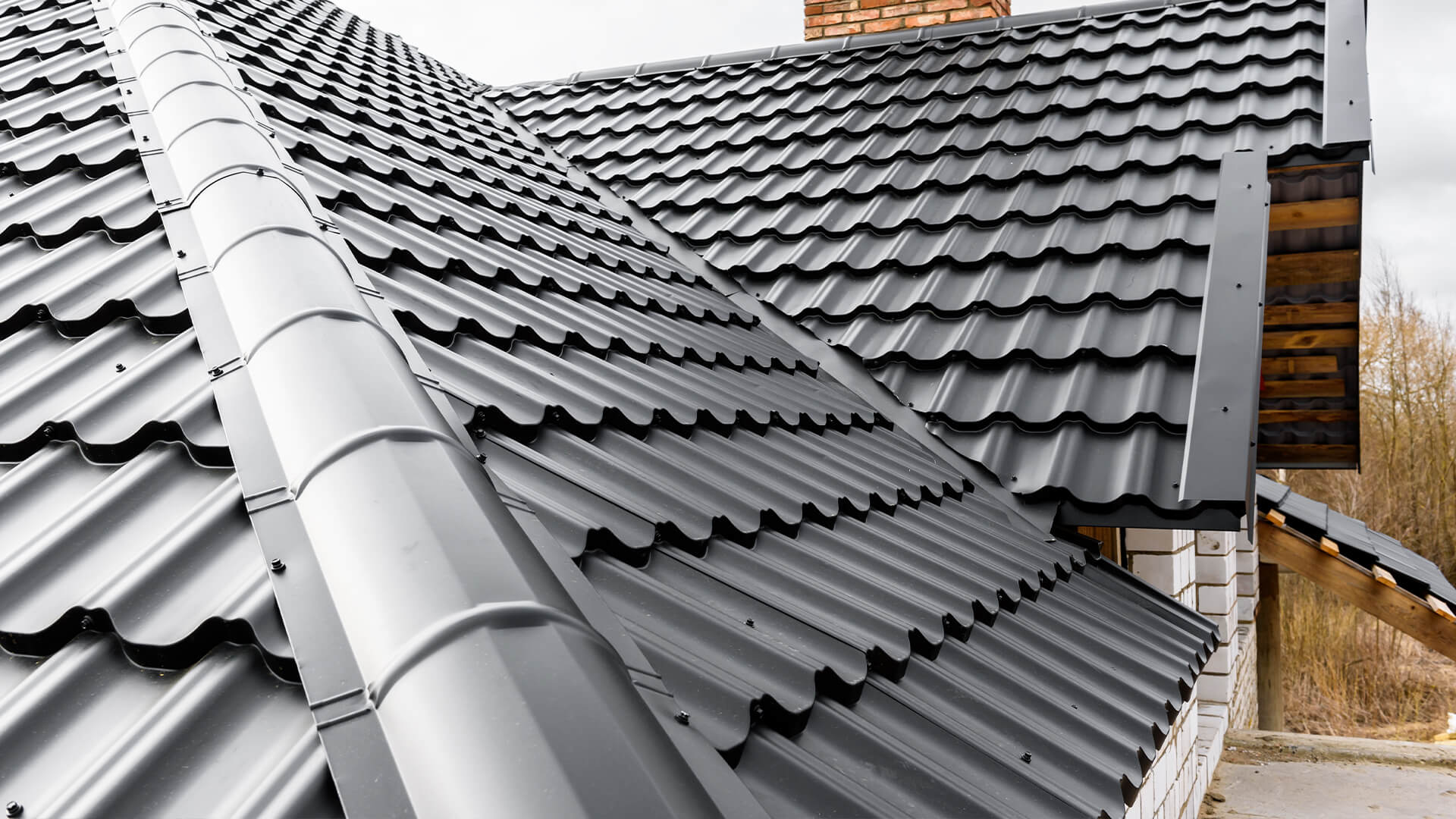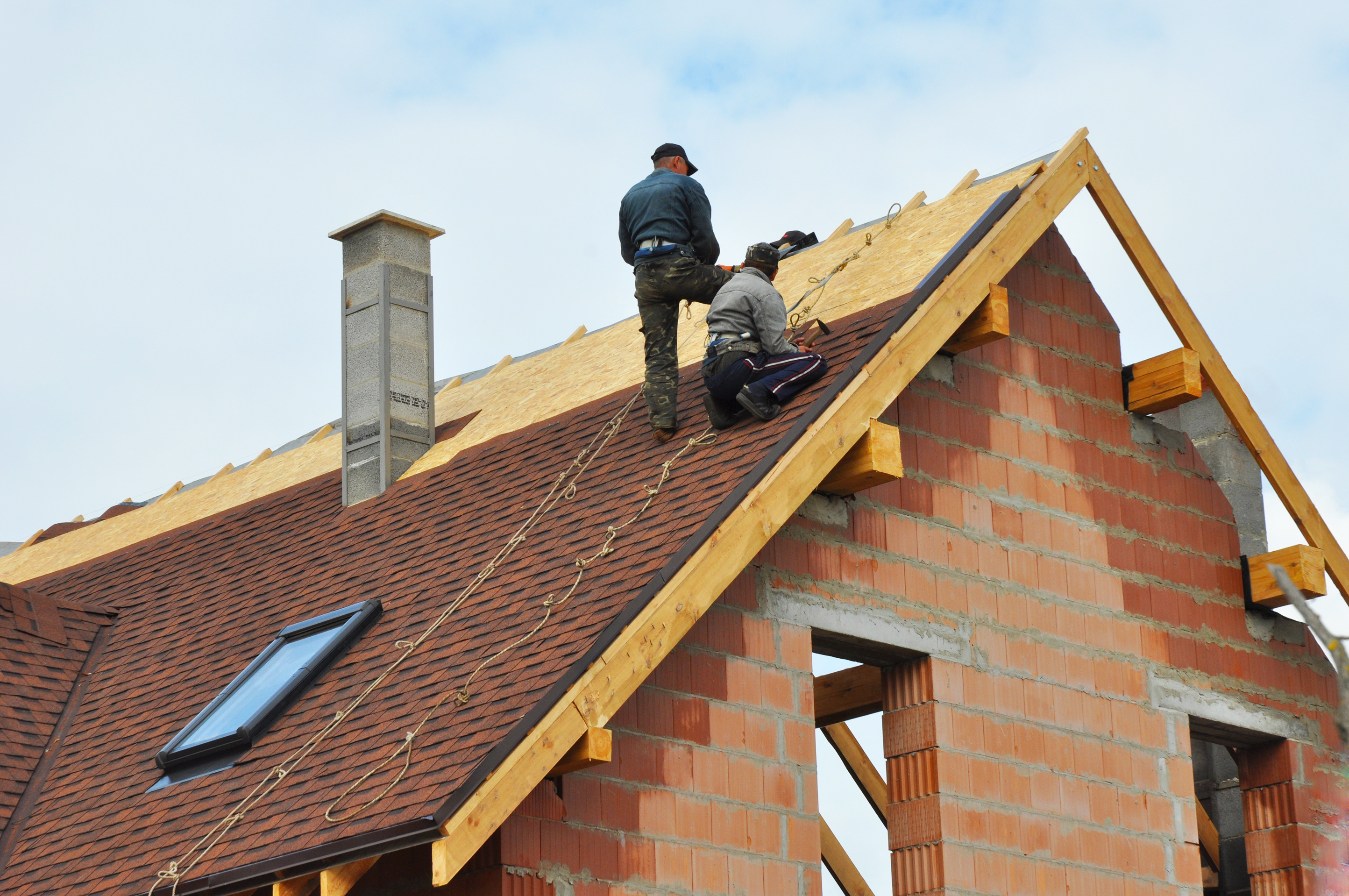Regional Insights on Roofing Companies Gainesville Florida Homeowners Prefer
Regional Insights on Roofing Companies Gainesville Florida Homeowners Prefer
Blog Article
Ideal Practices for Ensuring Appropriate Roof Covering Ventilation
A balanced consumption and exhaust air vent ratio, generally 1:300, plays a crucial function, with intake vents ideally placed at the lower edge of the roofing for great air entry and exhaust vents at the peak for cozy air departure. Maintaining insulation away from vents is vital to prevent air flow restriction.
Understand Ventilation Basics
Correctly recognizing ventilation basics is important for making sure the long life and effectiveness of roof. Reliable air flow minimizes wetness build-up and temperature level extremes in the attic room, both of which can lead to considerable structural damages with time. A well-ventilated roof covering aids in preventing usual problems such as mold and mildew development, wood rot, and ice dams, which can endanger the honesty of the roof materials and the underlying frameworks.
The key goal of ventilation is to facilitate the movement of air, permitting a constant exchange in between the outdoor and indoor settings. This balance is accomplished with a combination of intake and exhaust vents that collaborate to preserve optimum air flow. Intake vents, usually located along the soffits or eaves, allow fresh air to get in the attic room space, while exhaust vents, usually positioned at or near the roofing system ridge, allow hot, damp air to get away.
Secret variables affecting the effectiveness of roof covering air flow consist of correct placement, appropriate sizing, and ensuring that both intake and exhaust vents are unblocked. Normal evaluation and maintenance are critical to identify potential clogs, damage, or ineffectiveness in the air flow system, therefore guarding the roofing system's efficiency and longevity.
Kinds Of Roof Covering Vents
Roofing vents play a critical duty in preserving effective attic ventilation and, by extension, the overall health of the roof system. Numerous types of roofing vents are available, each with unique benefits customized to details roof requirements.

Soffit vents are set up under the eaves and job in tandem with roofing vents to ensure a well balanced intake and exhaust system. By permitting cooler air to enter from below, soffit vents help with the expulsion of warm air through top vents. Gable vents, situated on the outside wall surfaces of the attic, deal one more efficient solution, especially in homes with saddleback roofs.
Examine Your Existing Ventilation

Next, take into consideration the age and problem of your roof materials and ventilation parts. Older systems may not follow present building ordinance or may have worn away with time, lowering their performance. Conduct a detailed examination to determine any type of indications of wear and tear, such as rust, damages, or voids that could jeopardize the system's performance.
Furthermore, determine the attic temperature and moisture degrees. High temperature levels and moisture can indicate poor ventilation.
Installment Best Practices
Reliable installment of roof covering ventilation systems is critical for making certain optimum efficiency and longevity. Appropriate installment begins with recognizing the details air flow requirements of the structure and the roofing it covers. This entails calculating the proper proportion of intake to exhaust vents, usually sticking to the 1:300 policy, which stipulates one square foot of air flow for each 300 square feet of attic room floor area.

The placement of vents is just as crucial. Consumption vents must be set up at the roof's reduced edge, often in the soffits, to enable cool air to enter. Exhaust vents, on the various other hand, Visit Website ought to be mounted near or at the roofing system's top to promote the exit of warm, moist air. This creates a natural airflow that assists preserve temperature level and moisture balance within the attic room space.
Seal all air vent links thoroughly to stop air leakages and possible water infiltration. Usage premium products and follow supplier standards to make sure toughness and performance. Furthermore, incorporating ridge vents with baffles can considerably enhance airflow efficiency by protecting against wind-driven rain and snow from entering the attic room.
Eventually, accurate setup of roof ventilation systems minimizes potential problems such as mold and mildew development, ice dams, and architectural damages, making certain the roof's stability and the structure's overall health and wellness.
Routine Maintenance Tips
Consistency in upkeep practices is basic to making sure the long-lasting efficiency of roofing air flow systems. Regular evaluations are essential, preferably done biannually-- in the spring and fall. During these assessments, make sure that vents are devoid of particles, nests, and various other blockages that can hamper air movement. Examine for any type of indicators of wetness buildup or mold and mildew, as these can show inappropriate air flow or leakages (roofing companies).
Utilize a soft brush or a vacuum cleaner to eliminate dirt and click here to find out more particles from intake and exhaust vents. Be cautious not to harm the vent screens or louvers throughout the procedure.
Proper insulation is similarly crucial. Guarantee that attic insulation does not block the vents, as this can drastically restrict airflow. If any kind of insulation has actually shifted or settled, reposition or replace it to keep an effective barrier.
Finally, replace any harmed or missing parts without delay. Broken vents, broken shingles, or deteriorated flashing can all contribute to insufficient air flow and should be dealt with immediately. Routine maintenance makes sure that the roof ventilation system operates optimally, consequently expanding the life expectancy of the roof covering itself.
Verdict
Making sure appropriate roof air flow is critical for maintaining the effectiveness and durability of a roofing system. Adherence to the 1:300 intake and exhaust air vent proportion, coupled with the tactical positioning of vents, is essential.
A balanced consumption and exhaust air vent proportion, commonly 1:300, plays a critical function, with consumption vents ideally put at the lower side of the roofing for amazing air entry go to the website and exhaust vents at the height for cozy air departure. Consumption vents, generally situated along the soffits or eaves, allow fresh air to go into the attic area, while exhaust vents, frequently located at or near the roof covering ridge, enable hot, damp air to run away.
Soffit vents are set up under the eaves and job in tandem with roof covering vents to ensure a well balanced intake and exhaust system. By enabling cooler air to enter from below, soffit vents assist in the expulsion of hot air through upper vents. Adherence to the 1:300 intake and exhaust air vent ratio, combined with the strategic positioning of vents, is necessary.
Report this page